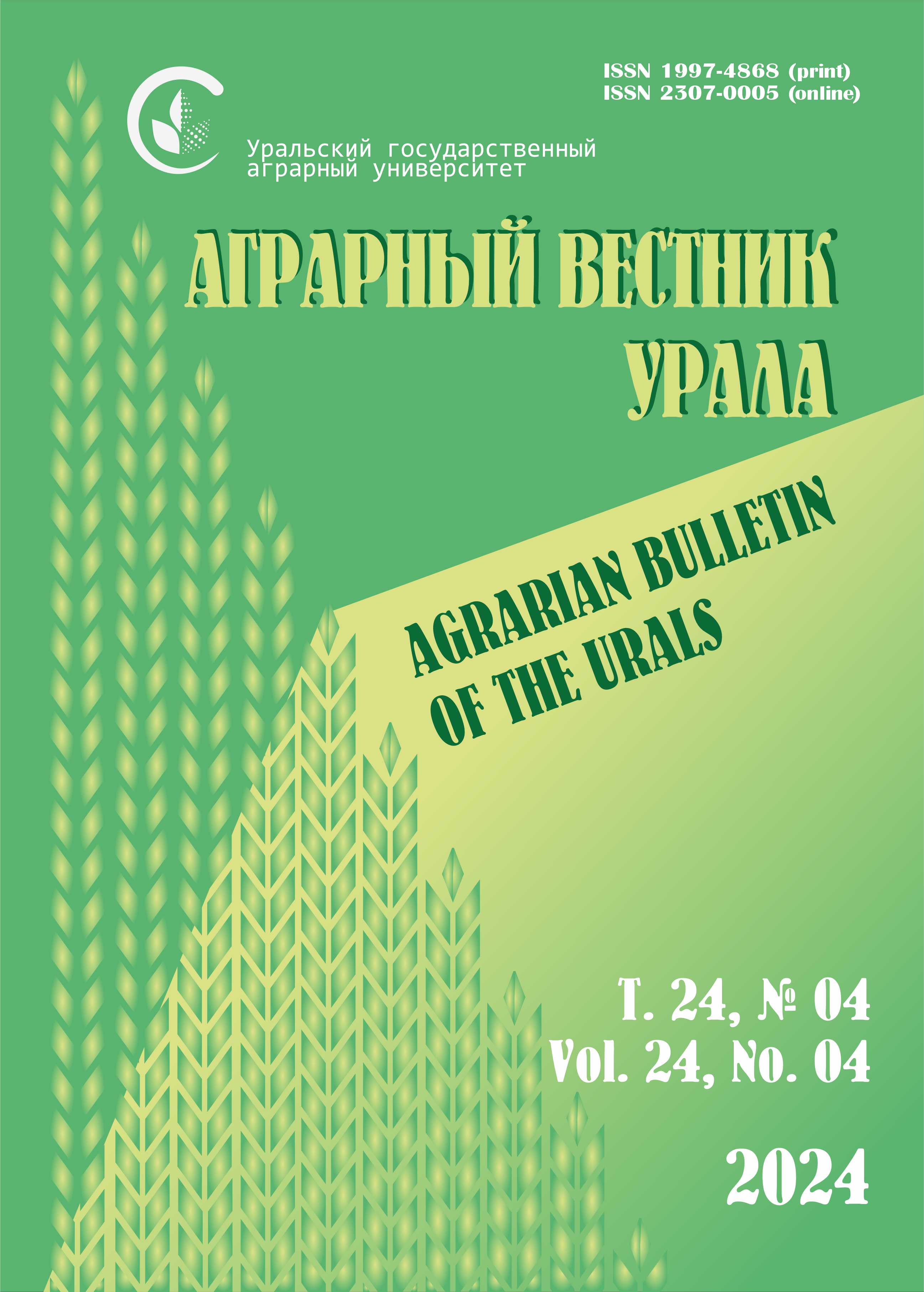Authors:
M. A. Podgaetskiy,
S. N. Evdokimenko
Federal Horticultural Research Center for Breeding, Agrotechnology and Nursery, Moscow, Russia
E-mail: This email address is being protected from spambots. You need JavaScript enabled to view it.
Abstract. The purpose search for the possibility of creating raspberry genotypes with complex resistance to major fungal diseases. Scientific originality. 30 varieties and forms of raspberries, as well as hybrid stock from 8 combinations of crosses were evaluated according to the degree of resistance to the main pathogens. Methods. The work was carried out on the collection and breeding plots of raspberry of the Kokino base of the Federal State Budgetary Research Center of Horticulture in 2019–2021, according to the main provisions of generally accepted methods of breeding and cultivar studies. The assessment was carried out on a natural infectious background on a five-point scale, where 5 points – high resistance, there are no defeats, 0 points ‒ low resistance, more than 50 % of the leaf apparatus and stems were defeated. Results. The dependence of the susceptibility of genotypes to fungal diseases depending on climatic conditions has been established. Forms with high resistance to individual pathogens have been identified. Ivan Kupala, Patritsiya, Lavina, Brigantina, Sputnitsa, Newburg and selections 11-126-1, 8-10x-1, 18-11-2 are attributed to the sources of resistance to didymella (resistance score 4.0-4.5 points); the cultivars Mariya, Glen Ample, Meteor, Zhuravlik were attributed to anthracnose; and the cultivars Cowichan, Mariya, Zhuravlik and Selection 11-126-1 – septoria spot. The degree of their defeat in the years with the maximum development of the disease did not exceed 1.0 point. The most promising combinations of crossing for resistance to didymella were combinations of crossing Brigantina × Lavina, 8-6-3 × Cowichan, Skromnitsa × Fenomen, 18-11-2 × 11-126-1; to anthracnose – Brigantina × Lavina, Ulybka × 8-6-3, Gusar × 8-6-3, Gusar × Vol’nitsa, 18-11-2 × 11-126-1; to septoria spot – Ulybka × Vol’nitsa and Gusar × Vol’nitsa. The forms are allocated from the hybrid fund 2-60-1, 2-61-2, 2-58-1, 2-58-2 and 2-58-3 were identified as valuable as a new initial material for further raspberry breeding to increase the level of resistance to major pathogens.
Keywords: raspberry, breeding, didymella, anthracnose, septoria spot, crossing combinations.
For citation: Podgaetskiy M. A., Evdokimenko S. N. Potentsial iskhodnykh form maliny v selektsii na povyshenie ustoychivosti k gribnym boleznyam [Potential of the initial raspberry forms in breeding to increase resistance to fungal diseases] // Agrarian Bulletin of the Urals. 2022. No. 11 (226). Pp. 58‒69. DOI: 10.32417/1997-4868-2022- 226-11-58-69. (In Russian.)
Download the full text of the article











